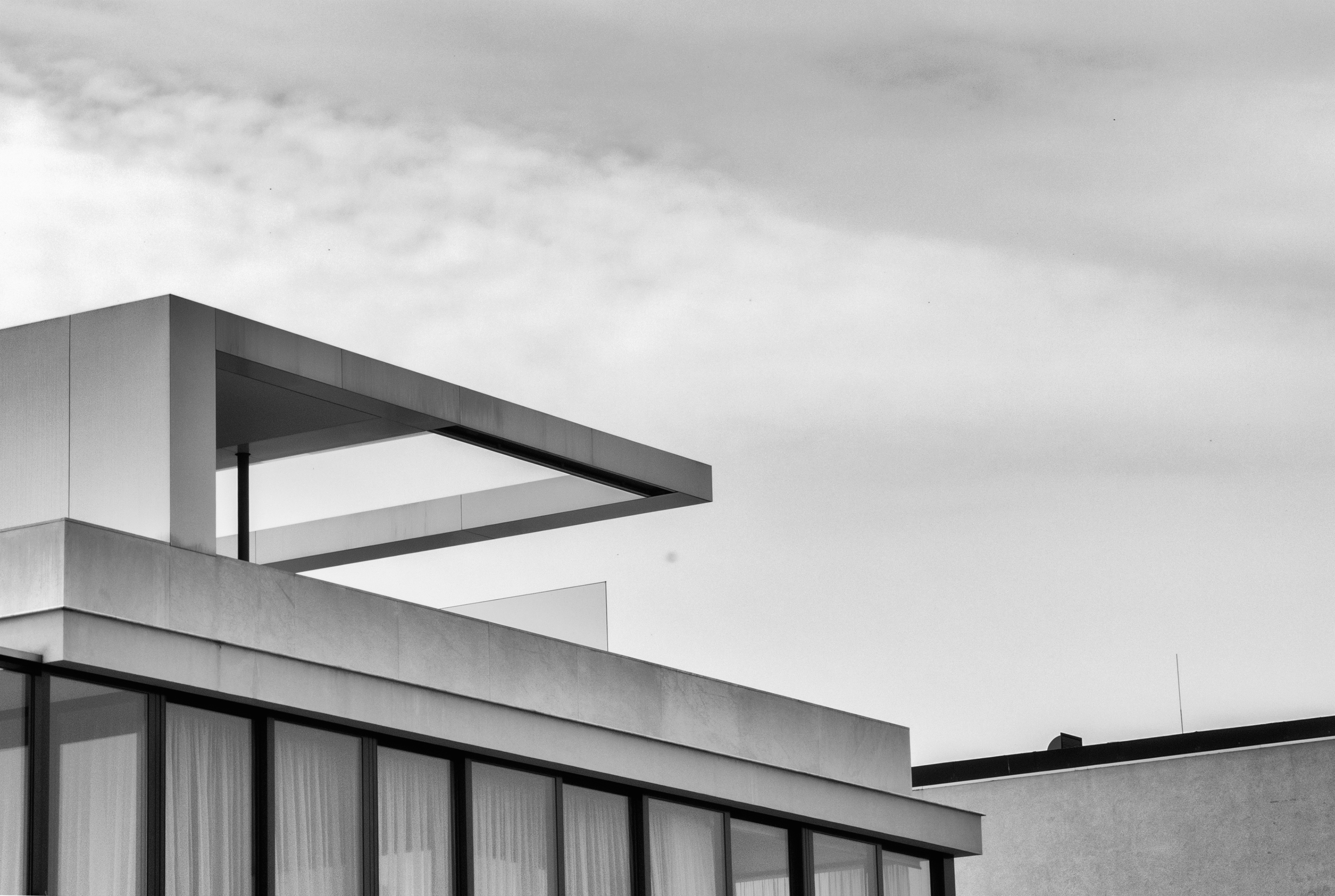
What is the scientific evidence supporting the effectiveness of blue-light glasses in reducing eyestrain?
It has become common for people to spend hours each day looking at screens, whether it’s for work or leisure. This excessive exposure to digital screens, such as those of computers, smartphones, and tablets, has led to a rise in complaints of eyestrain and other visual discomforts.
The Problem with Blue Light
Blue light is a high-energy visible (HEV) light that is emitted by digital screens. It is known to cause eye fatigue and can disrupt our sleep cycles as it affects the production of melatonin, a hormone responsible for regulating sleep. Prolonged exposure to blue light can lead to eyestrain, headaches, dry eyes, and even long-term vision problems.
How Blue-Light Glasses Work
Blue-light glasses, or blue-blocking glasses, have gained popularity as a potential solution to alleviate digital eye strain. These glasses contain special lenses that are designed to block or filter out the harmful blue light emitted by screens. By reducing the amount of blue light that reaches our eyes, these glasses aim to minimize the negative effects of extended screen time on our vision and overall well-being.
The Effectiveness of Blue-Light Glasses
While blue-light glasses have gained a loyal following, their effectiveness in reducing eyestrain is still a topic of debate among experts. Some studies suggest that these glasses can indeed help alleviate the symptoms of digital eye strain, while others argue that more robust scientific evidence is needed to support this claim.
It is important to note that not all blue light is harmful. Blue light is naturally present in sunlight and plays a role in regulating our sleep-wake cycles and overall mood. Completely blocking all blue light may not be the best solution, as it could disrupt the natural balance our bodies seek.
Tips for Reducing Eyestrain
Whether or not you choose to invest in blue-light glasses, there are other steps you can take to reduce eyestrain caused by prolonged screen use:
- Take regular breaks and practice the 20-20-20 rule: Every 20 minutes, look at something 20 feet away for 20 seconds.
- Ensure proper lighting in your workspace or room.
- Adjust the brightness and contrast of your screen to a comfortable level.
- Blink frequently to keep your eyes moisturized.
Conclusion: While blue-light glasses may help some individuals find relief from eyestrain and other symptoms associated with prolonged screen time, it is important to understand that they are not a magical solution. It is always recommended to consult an eye care professional for personalized advice regarding your eye health.




















